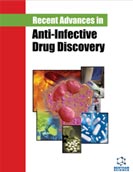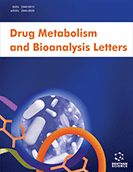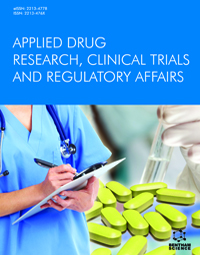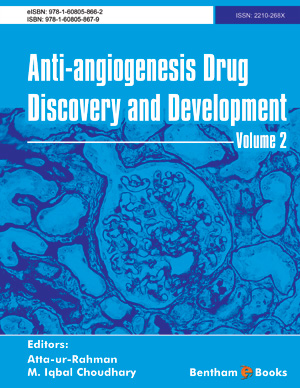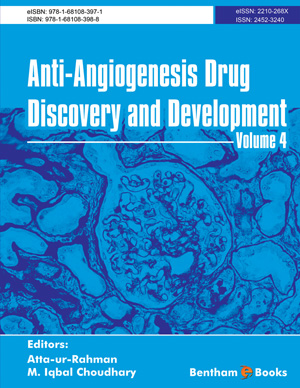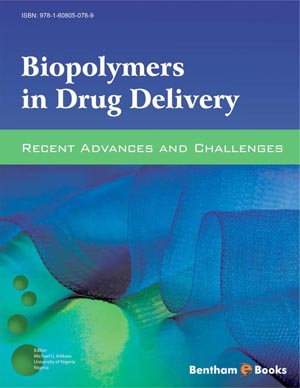Abstract
Cancer is a widespread disease worldwide. Researchers and scientists have
been giving much attention to the drug design and drug discovery of nitrogen (N) and
sulfur (S)-based heterocyclic compounds in the last decade. These heteroatoms
containing heterocyclic compounds have an imperative role in medicinal chemistry in
developing new anticancer drugs. These N and S-based heterocyclic compounds such
as pyrrole, quinazoline, thiadiazole, and quinoline are widely used in the rational drug
design for anticancer drugs with a favorable therapeutic index. They inhibit the
cancerous cells by different mechanisms like inhibiting FGFR, VEGFR, EGFR
receptors and inducing apoptosis. They also act as a tyrosine kinase inhibitor,
dihydrofolate reductase inhibitor, pancreatic ductal adenocarcinoma inhibitor, and
PI3K inhibitor. This chapter highlights the SAR study of recent literature (2016-2020)
in which N and S heterocyclic compounds are present as core structures in molecules.
This chapter also emphasizes the benefits of hybrid molecules acting on multiple target
mechanisms. In the future, N and S- based heterocyclic compounds will be essential
lead compounds for the designing of new anticancer drugs.
Keywords: Cancer, Chalcone, Hybrid molecules, N-based heterocyclic compounds, S-based heterocyclic compounds, SAR study.









